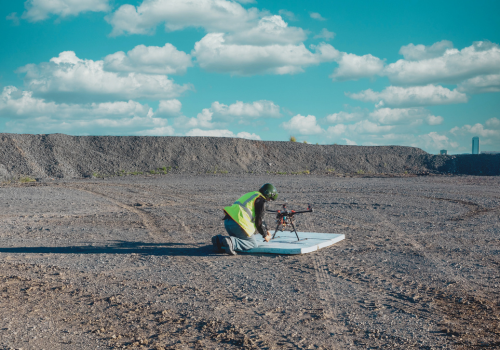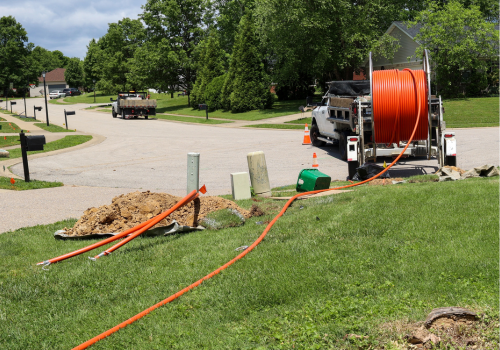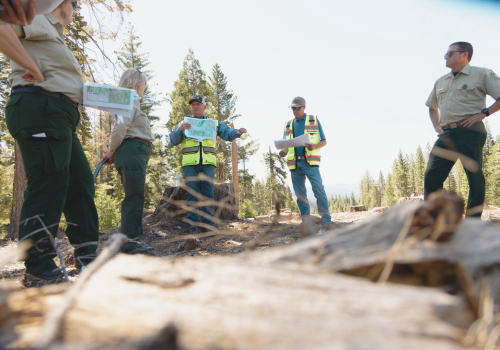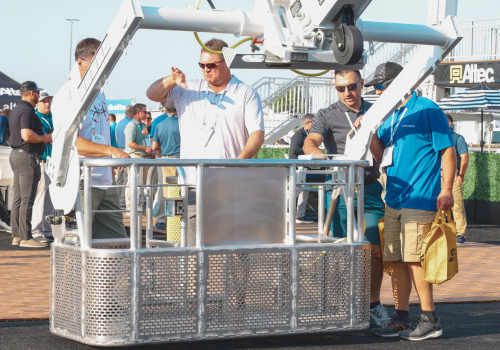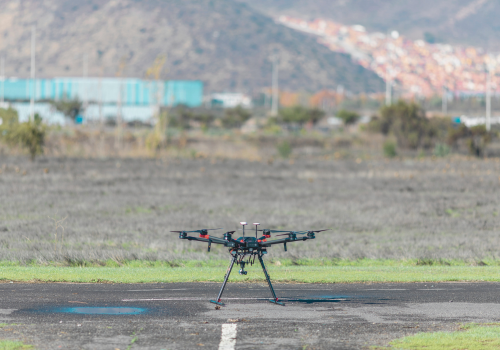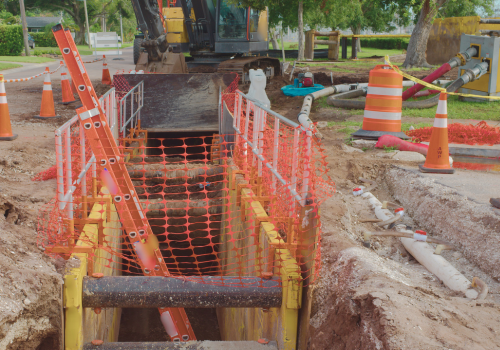Drones are rapidly moving from experimental tools to everyday essentials across utilities, energy, and construction. Lower prices, easier operation, and advanced features are accelerating adoption. For utility work in particular, drones deliver measurable time and cost savings, safer alternatives to traditional methods, and data that drives smarter decisions.
1. Inspection of high and remote assets
Electrical lines and transmission towers are often difficult and dangerous to reach. Maneuvering a bucket truck takes time, and every moment spent working at height increases risk for the crew. Drones can complete these inspections in minutes, keeping workers on the ground.
Beyond power lines, drones are used to inspect pipelines, wind turbines, and solar farms. High-resolution cameras capture real-time and recorded video, while thermal imaging identifies heat loss or anomalies in electrical systems. In remote areas that are time-consuming, costly, and risky to access on foot, drones provide a safer, faster alternative.
2. Maintenance data gathering
Utilities and energy companies manage thousands of miles of lines, pipelines, and solar panels, along with substations and other supporting infrastructure. To keep assets reliable, teams must understand their condition and plan for repair or replacement.
Drones streamline this process by capturing visual and geospatial data. That data can then be uploaded to dashboards for comparison against past inspections, enabling predictive maintenance, updating asset life-cycle plans, and in many cases collecting baseline data for the first time.
3. Surveillance
Drones also enhance asset protection. Utilities often face risks from trespassing, theft, vandalism, or even sabotage. With features like night vision, detection alerts, and facial recognition, drones extend the reach of security teams and allow for quicker responses to threats—all while covering more ground than traditional patrols.
4. Mapping construction progress
On construction sites, drones are increasingly used to measure and document project progress. Utility and energy contractors compare aerial data to schedules, identifying where work is ahead or falling behind. This visibility empowers project managers to adjust resources and keep critical timelines on track.
The same footage can also be curated for customers, giving them a clear, visual view of how their project is advancing.
5. Quality control
Much of the same drone footage used for progress tracking can also support quality control. Supervisors review completed work to confirm it meets specifications, with drones providing safe access to areas that would otherwise require scaffolding or lifts—such as upper-story windows, rooftops, or exterior walls.
This not only expedites inspections but also ensures issues are caught early before they escalate into costly rework.
6. Dispute resolution
Drone footage has become a powerful tool in resolving conflicts. When disagreements arise between general contractors and subcontractors, video provides an objective record—reducing the likelihood of drawn-out disputes.
Similarly, if site conditions differ from what an owner expected, drone imagery offers clear evidence to guide next steps. In both cases, the transparency drones provide helps protect relationships and keep projects moving forward.
The Bottom Line
From inspections to dispute resolution, drones are helping utilities reduce risk, cut costs, and boost efficiency while unlocking new ways to manage data and workflows. Far from being optional, drones are quickly becoming a standard part of utility operations. As technology continues to advance and regulations evolve, their role will only expand—helping utilities build safer, smarter, and more resilient systems.
Subscribe to The Utility Expo monthly newsletter to receive more industry insights like this.
Read Next
The Future of Drones in Utilities: FAA Rules, Training, and Technology
The Future of Drones in Utility Infrastructure Maintenance
Drone Powerline Inspection: What To Consider And How To Choose The Best Drone

